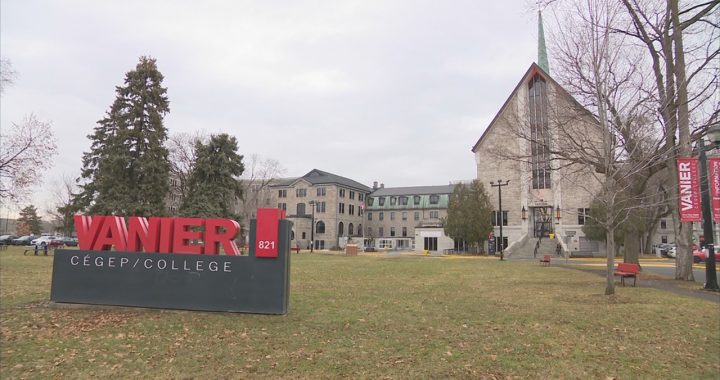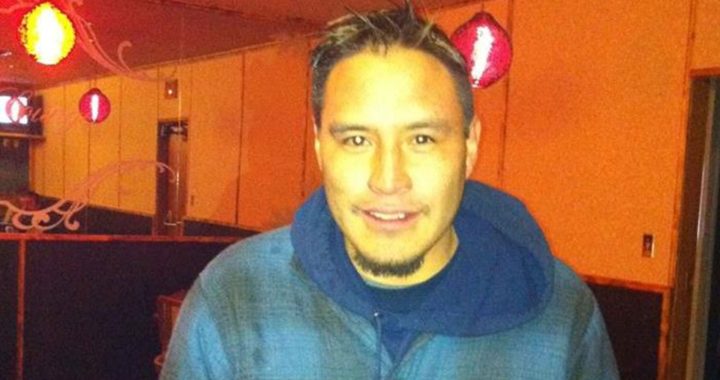Video of Toronto police physically emptying people from a homeless camp from a local park on Wednesday has sparked a debate across the country about affordable housing and use of force against people with nowhere else to go.
Two-thousand kilometres west of where the incident took place, Kris Clemens, manager of communications for End Homelessness Winnipeg is upset with the situation.
“It’s very sad and distressing to see that kind of action taken against people who are already experiencing a lot of harm and violence in their life due to not being able to claim their basic human right to housing,” said Clemens.
City officials and police were on sight to enforce trespass notices that were issued on Jun. 12.
Police said 26 arrests were made for offences such as assault with a weapon, obstruct police, assault peace officer, and trespass.
The City of Toronto said in a statement that enforcing the trespass notice was a city decision and police were present to support city staff.
“The city’s objective today was to peacefully encourage encampment occupants to accept safe, indoor accommodation, as it does daily with people experiencing homelessness across the city. Camping in parks is unhealthy, unsafe and illegal,” the statement said.
“As protesters remained in the area and refused to leave, the city requested TPS assistance in clearing the fenced area of the park.”
Toronto police said they wanted to be as peaceful as possible and not see anybody get hurt, but the situation escalated.
“We did approach this with the least amount of force, spent the better part of the day talking with everybody, let’s move along, let’s move along. We do our best to get to a place where nobody gets hurt and where we don’t have to be physically fighting with people but you were all witness to how we had to get to that place today,” said Toronto police Staff Supt. Randy Carter.
Clemens said in Winnipeg, organizations like End Homelessness and the city take a rights based approach to encampments that emphasize not using police force.
“This process reduces police interaction with residents of encampments and increases trained and peer outreach supports and put those trained and pure outreach workers as the first point of contact for people that are in encampment, relying on first responders and police only in emergency situations,” she said.
According to the strategy, outreach service providers will not ask residents to leave an encampment on public property/crown land or within a transit shelter. Their role is to provide immediate support for individuals in the moment. Unless an immediate life-safety risk is identified, the city will also not vacate an encampment or transit shelter.
According to statistics provided by Toronto, over 8,000 people experienced homelessness in the month of June within the city.
While the city doesn’t currently track racial and Indigenous identity, 63 per cent of those have been male and people between the ages of 25 and 44 made up 41 per cent of those experiencing homelessness.
In Toronto, the city has budgeted to spend $663.2 million on homelessness and housing first solutions in 2021, almost double the amount spent in 2019 at $365.8 million.
Meanwhile in Winnipeg, Indigenous people make up roughly two-thirds of the homeless population according to the latest census.
Clemens hopes that in the future people won’t have to be in homeless camps, and that homelessness will end.
“If we’re able to provide people with the types of housing and supports that they need and we’re able to advance the right to housing then we would not have this crisis of encampments and human suffering in our cities,” she said.










